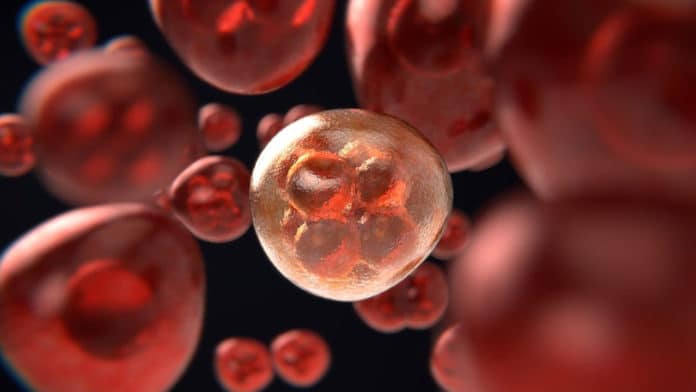Cancer is a disease of the genome. As cancer develops, its DNA is continually obtaining new mutations, and the population of cancer cells is persistently evolving. Knowing the order of changes that have happened permits analysts to consider cancer evolution over time and perceive how the cancer cell populace may have diversified or turned out to be more uniform.
The diversity or consistency in the cancer cell population is identified with a quiet reaction to therapy and uncovers weaknesses that can create highly targeted treatments.
There are currently many different algorithms that researchers have developed to help determine the timing of mutations. Still, it has been unclear which algorithm will work best for which cancer and what common biases influence their results until now.
UCLA Jonsson Comprehensive Cancer Center researchers studying cancer evolution have created a framework to help determine which tool combinations are best for pinpointing the exact timing of DNA mutations in cancer genomes.
The investigation surveyed 22 distinct pipelines for timing mutations in cancer genomes. Scientists tested the algorithms on a cohort of almost 300 clinical prostate cancer samples to evaluate each pipeline and perceive how their outcomes contrasted in different perspectives. This allowed the group to see the inconstancy across tools and have an unbiased view of how each performed.
Scientists noted, “Understanding when and why a tumor metastasizes or spreads to other parts of the body, can influence how a person with cancer is treated. The framework helps us decide which tool would be the most accurate for their case and generate a more personalized and targeted treatment plan for patients, minimizing the risk of cancer coming back in the future.”
Journal Reference:
- Liu, L.Y., Bhandari, V., Salcedo, A. et al. Quantifying the influence of mutation detection on tumor subclonal reconstruction. Nat Commun 11, 6247 (2020). DOI: 10.1038/s41467-020-20055-w
